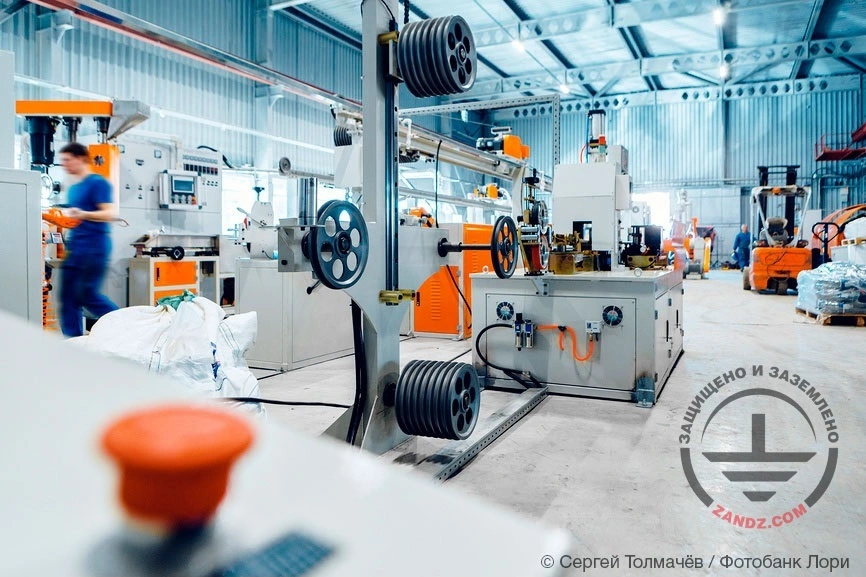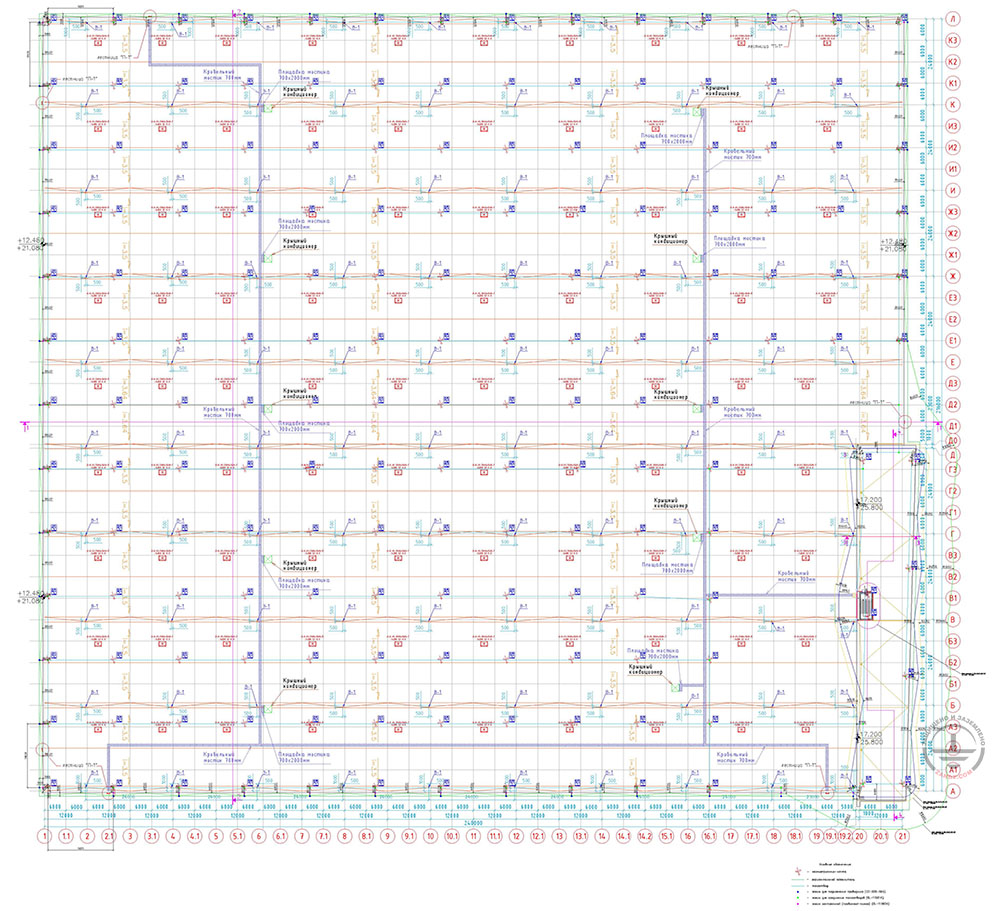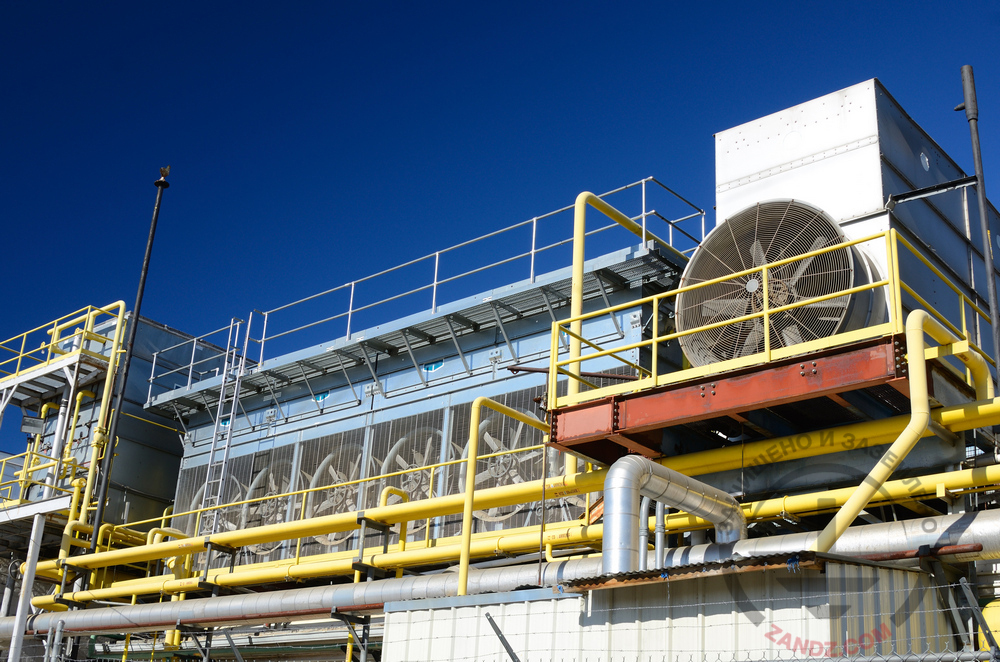
This issue is a regular one on grounding received by the ZANDZ Technical Center.
The answer is given in the intended use of the installed bar: convenient grounding of conductive metal parts of the electrical equipment, participation in the main and additional equipotential bonding system.
GOST R 58882-2020 regulates the design of such systems. According to item 7.4.2.4 thereof, in the electrical installations over 1 kV, "the grounding buses should form closed circuits along internal perimeters of the building premises...".
Item 7.6 of this GOST covers premises with electrical installations under 1 kV and does not contain any instructions on making the internal circuit. For equipotential bonding, special conductors or open conductive parts and outside conductive parts may be used if they meet the requirements to protective conductors in relation to conductivity and integrity of electrical circuit.
Note that the installed circuit allows improving electrical safety. Permanent closeness of the "grounding point" provides an opportunity to promptly connect a grounding wire when electrical users move or when mobile equipment is used. Despite the absence of the responsibility to make the internal circuit in the inter-workshop premises, based on technical advantage, we recommend to have it.
The height of internal bar of the internal circuit is governed by STO 56947007- 29.130.15.114-2012, item 8.4.5, and is 0.5 m above the floor level. As a circuit bar, a corrosion-protected steel zinc-plated bar ZANDZ 30 x 4 mm. suits perfectly well. Its design in 52-m bundles instead of 6-m sections allows reducing installation time significantly. Bar attachment to the walls: fastener ZANDZ ZZ-202-004. To avoid hot works during installation (welding), clamp ZANDZ ZZ-202-013 is used to connect bar sections.
Related Articles:







